One of the reasons why Joe Balominos, who nowadays we’re told is a trainer in Greece, had such a command over Transvaal racing was that he was a hard working student of gallops. As many as he could possibly see. He knew, he claimed, at least a thousand horses by sight, rather in a manner that a huntsman knows his hounds, although they may look alike to the uninitiated. He also had a number of stables that he was ‘in’ with, but that is another story, writes Kenneth Stewart.
If one knows all or nearly all the present condition of runners, the work they have had, the setbacks if any, it obviously helps. One of the reasons why the well-known Balominos had his ups and downs as a punter was, as he said, that he betted too much and, more important, too often. Yet he was able to have a marked effect on the racing scene for many years.
The main difficulty facing anyone who has to dissect every race in order to have a shot at placing not only the winner, but the first three in order of merit as the press do, is that the Balomenoses of this world are rare birds. The guide that the racing journalist has to fall back on is form alone, and much more often than not recent form.
How recent is recent form? To start with, it must vary from horse to horse. Some need time to recover from a recent race. Others thrive on racing. Some horses lose bodyweight – ten or more kilos’ is not uncommon, five certainly quite average, after a hard race. This takes time to replace. Conversely a horse may race when it is too heavy to do itself justice, and the removal of 5 or 10 kilo’s may just be what it needs. You have to keep your wits about you and your peepers open.
By and large, a horse is unlikely to overcome a lack of proper fitness of more than four or five lengths (if measured in distance behind the winner) within a month of its next race. Extend that period a little for reasons to do with the programming of suitable races for the individuals, and you can say that six weeks it he limit that can be called “recent form” and four weeks when measuring “improvement” in fitness. Note the word fitness; there are other things involved as well: pace of the race, distance, going, etc. But it is important to have a basis to work from.
A tiny percentage of winners come from horses who have failed by more than four or five lengths (after adjusting for any weight variations) over the same distance and in similar going within four weeks. Even those that appear to reverse the form in this way often have excuses, obvious or not so obvious, for doing so. A change of pace, a change of going and of course a change of distance – these may have “improve a ton” on paper, but often only on paper. They are rare enough to be ignored, unless their “excuse” is obvious.
So try marking your card, if you want to approach the thing with proper care. Take those horses that have run well and within the last six weeks. Mark them with an “S” standing for “should be there or thereabouts”. Remember that a different distance of race (by 400m or more) is not a complete indication, nor is freak going, so mark this category with “S2) for “may or may not run up to form.”
Next take a look at horses that ran within the month, and did not perform well. If they have an isolated bad race amid a run of form, have a good look at all the other factors (including the stipes report) before drawing conclusions and condemning them. If there are no excuses mark them with an “I” for “Ignore”.
Lastly there is the category of horses which are said to have “rested” for over six weeks (or take four weeks, if there appear to have been suitable races for them in the meantime). For example, in a race such as the Queens Plate Spanish Pool and Bodrum were straight forward S’s – they have not raced for 5 weeks, but there are not many races of this class for them. They had finished first and second over a mile exactly five weeks before doing the same in the Queens Plate. But Arctic Cove had not run since August (4 months), High Fling had gone three months without a race, and it was two months since Charles Fortune had run.
They belong to the “old form” category, no recent form. The fact that they had run places in their most recent races was neither here nor there. They had been off-course for whatever reason, and should have had an NR (no recent race) against their name on your card. They required looking at in the ring, and perhaps in the betting.
So now you have the recent form horses (marked “S”), those without recent form (marked “I” for ignore), and the ones without a run in the last six weeks (marked “NR”) for which it matters little whether they showed form in their last run or not – they may have been off-course for any number of reasons.
That leaves us with the search for the overall form horse. The best horse at the weight on an assessment of past performance. If this horse is an “S” and there is nothing, going back however far, to shake this belief, then the odds are that it will win – at short odds! Mark it with an “F” for overall form horse. There may be more than one such horse, or many more in a field. Then you are advising yourself not to bet, or rather back more than one horse, or have a dip at the trifecta.
What if the “F” horse is one with “bad recent form within the month variety” (marked “I”)? On the whole, and there are exceptions to every rule, don’t touch it. It will not “come right” as quickly as that. The final possibility is that the overall form horse is one of the not raced (“NR”). If it looks fit, goes down well, with or without a nibble for it in the market (depending on how the stable normally bets), then you may have found your bet of the month. For this is the type of horse (and I’m sorry to say very often the only type of horse) for which you may obtain real value for money. The horse at the top of your private handicap whose recent form far from being exposed is too uncertain for the tipping people to include. Yet it is the most able !
Marking your card this way is not nearly as much hard work as it looks. And it’s fun. After all, it’ll be largely your own work, even if the horse, its rider and trainer appear to have something to do with it!
Have Your Say - *Please Use Your Name & Surname*
Comments Policy
The Sporting Post encourages readers to comment in the
spirit of enlightening the topic being discussed, to add opinions or correct
errors. All posts are accepted on the condition that the Sporting Post can at
any time alter, correct or remove comments, either partially or entirely.
All posters are required to post under their actual name and surname - no anonymous posts or use of pseudonyms will be accepted. You can adjust your display name on your account page or to send corrections privately to the Editor. The Sporting Post will not publish comments submitted anonymously or under pseudonyms.
Please note that the views that are published are not necessarily those of the Sporting Post.
2 comments on “Ready To Win”
Leave a Reply
‹ Previous
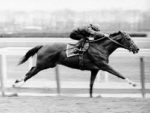


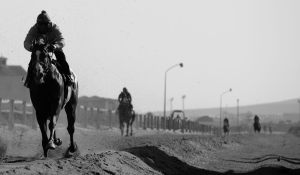
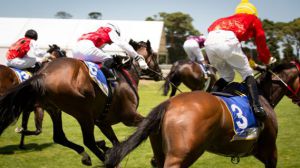
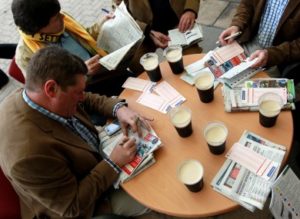
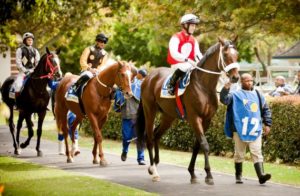
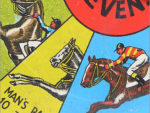
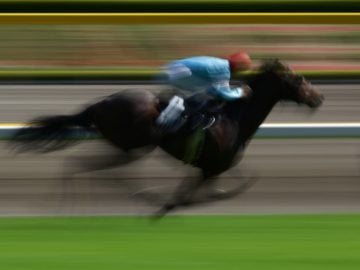
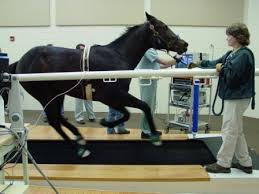
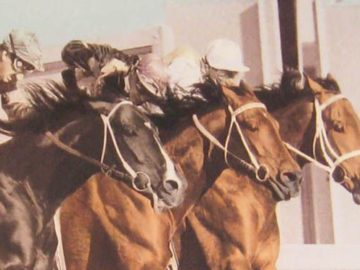

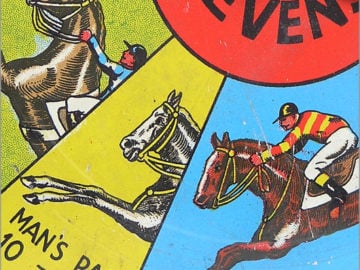






This is helpful,I appreciate the information and wish to stick to it.Unlike not knowing how to tackle a race or racecard.
I have noticed that times do play a major factor when it comes to grade one races. Why?